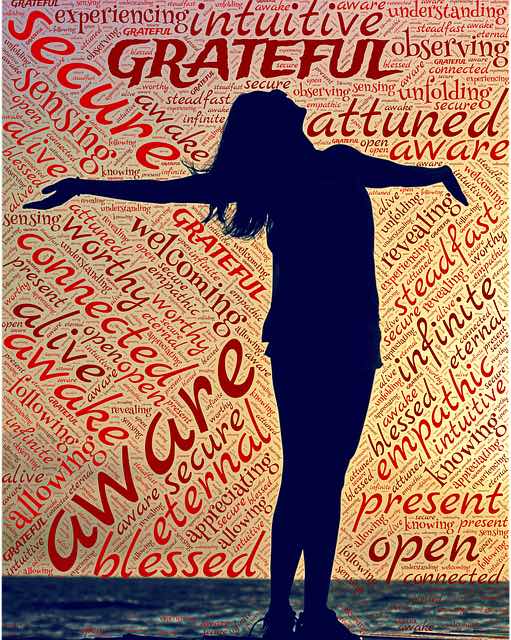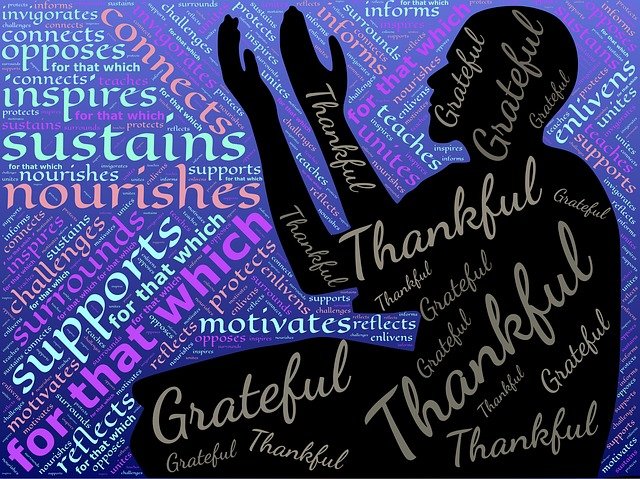Gratitude Journal: Examples, Ideas, and StrategiesWhat is a gratitude journal? Why might you want a gratitude journal? And how do you make sure you stick to using your gratitude journal? Here are some science-based strategies.
*This page may include affiliate links; that means I earn from qualifying purchases of products.
What Is a Gratitude Journal?A gratitude journal is a notebook, diary, or even an app where you can keep track of the things that you're grateful for. You simply note down the things you are grateful for each day or a few times per week. There are lots of different types of gratitude journals (more below). So when it comes to defining what a gratitude journal is, it's really up to you to make it what you want it to be.
Benefits of Gratitude JournalingGratitude is thought to be an essential part of prosocial behavior [1]. Moreover, gratitude journaling is thought to boost well-being [2]. Some suggest that gratitude is good for us because it can help us think positive. It also may strengthen our connections to others because we appreciate them more and they notice. In addition, gratitude may be one of the easier emotional skills to develop. Unlike mindfulness, which can be quite tricky to learn, gratitude is relatively easy. So a simple gratitude journal is a great place to start when it comes to self-care.
Are You a Therapist, Coach, or Wellness Entrepreneur?
Grab Our Free eBook to Learn How to
|
Are You a Therapist, Coach, or Wellness Entrepreneur?
Grab Our Free eBook to Learn How to Grow Your Wellness Business Fast!
|
Terms, Privacy & Affiliate Disclosure | Contact | FAQs
* The Berkeley Well-Being Institute. LLC is not affiliated with UC Berkeley.
Copyright © 2024, The Berkeley Well-Being Institute, LLC
* The Berkeley Well-Being Institute. LLC is not affiliated with UC Berkeley.
Copyright © 2024, The Berkeley Well-Being Institute, LLC






